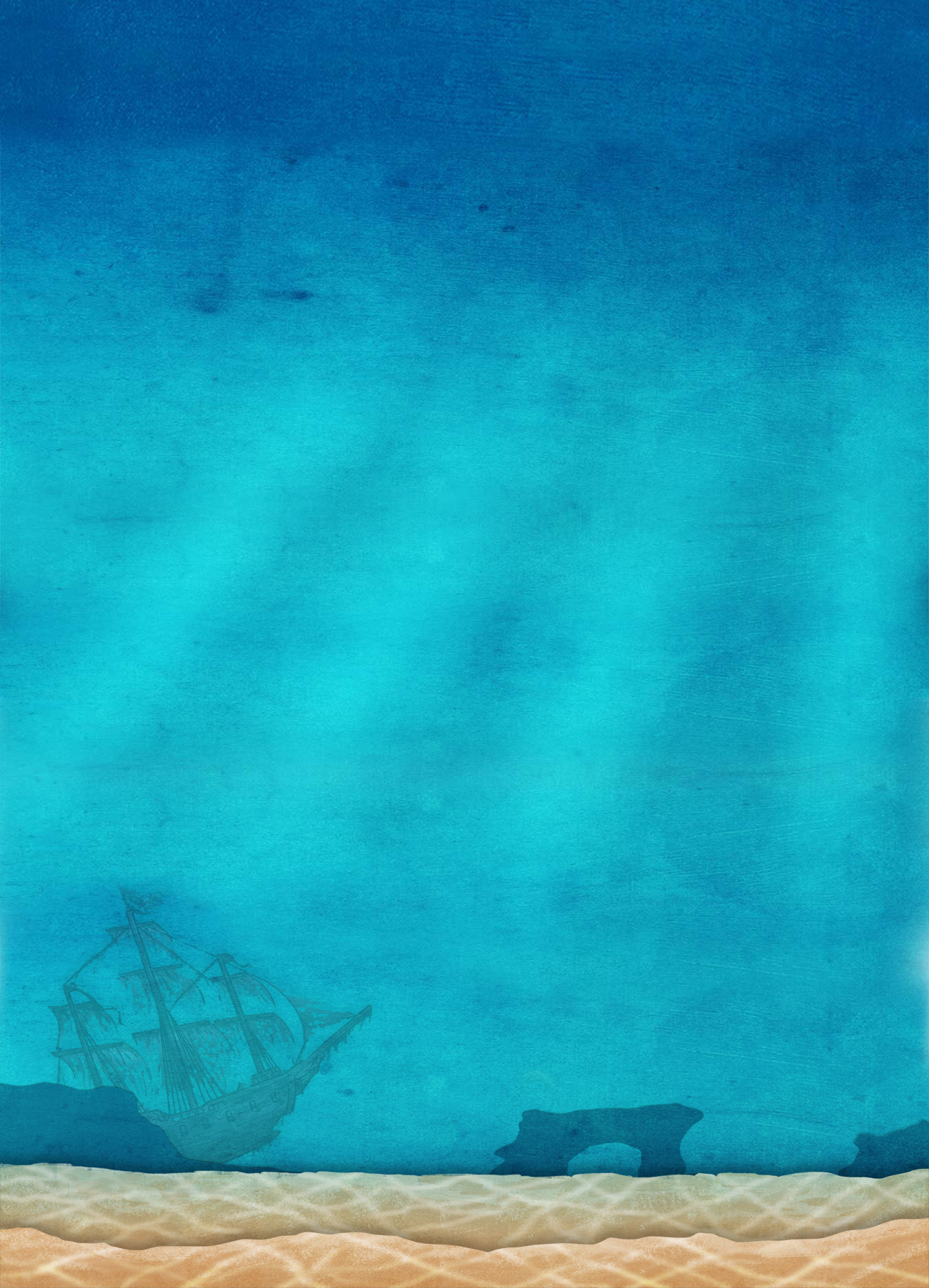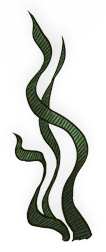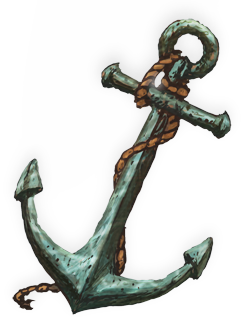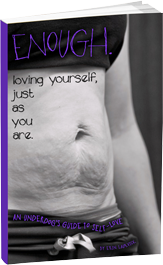July 19.
It’s tough to tell by looking at me, but I am half Japanese.
Most of the time, people can tell I’m “something else.” I don’t look Japanese, but I don’t look particularly Caucasian, either. As a teen and in my early twenties, the go-to-guess of my heritage was Native American. Women generally didn’t ask me why I looked the way I did (it doesn’t seem we ask each other such questions, out of intelligence, respect, or fear of comparison), but men did.
“Hey, you look like Pocahontas. Are you Indian or something?”
Classy.
And tactful, right?
**rolling eyes**
My answer to their boorish question: “Yeah. “Or something.””
Despite the occasional rudeness and clumsy question, I have never been offended when people ask “what are you.” We were raised with great pride in our culture. We wore kimonos and danced Obon. I learned to eat with chopsticks before I learned to use a fork. I make sushi as easily as I make a sandwich. I learned to write and speak Japanese (although I’m terribly out of practice). My lunchbox held strange treats, and I had a great deal of fun sharing them with my classmates.
As Japanese-Americans, we were encouraged to fulfill the best Japanese stereotypes. Intelligence, high level academic achievement, respect, hospitality, and honor were part of our family culture. We were encouraged to take the best part of what it meant to be Japanese, and be that. BE THAT, and be that as hard as you can. I don’t know that it was ever said out loud, but we were raised to lean into the differences that set us apart from everyone else. We were taught to stand out, stand up, and do what we were taught was right.
For the most part, an excellent lesson.
Except then I grew up, I attempted to become my own person, and I realized that neat and tidy suitcase of stereotypes, the one I unquestioningly picked up and took pride in because it was part of our culture?
It wasn’t just full of good things, there was some bad stuff in there too.Read More










